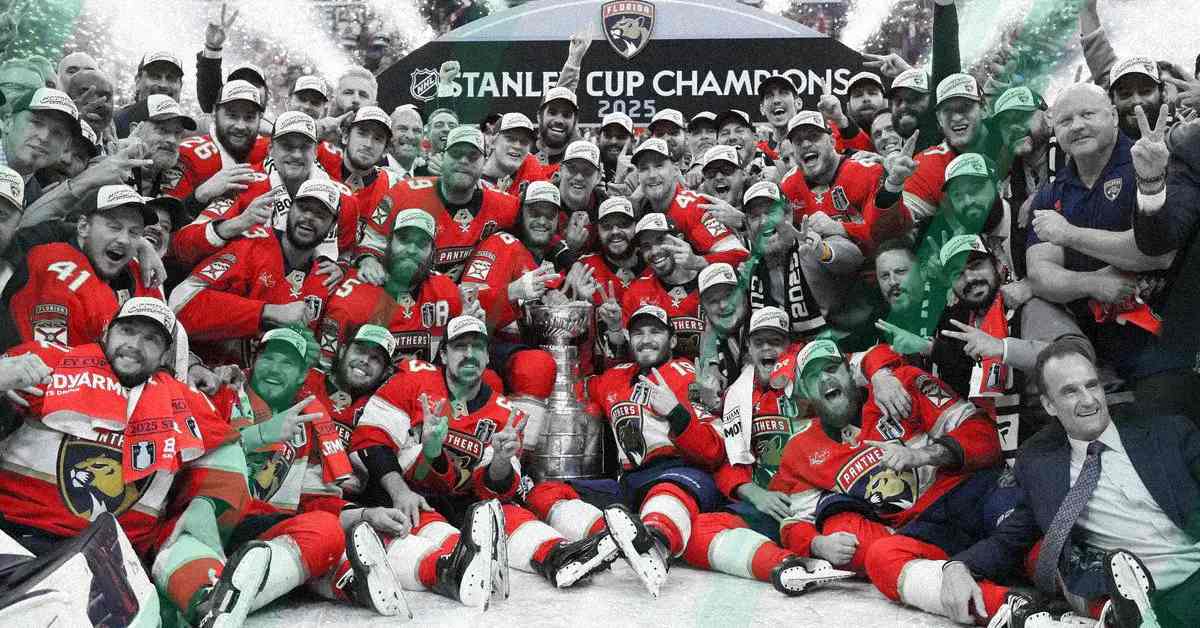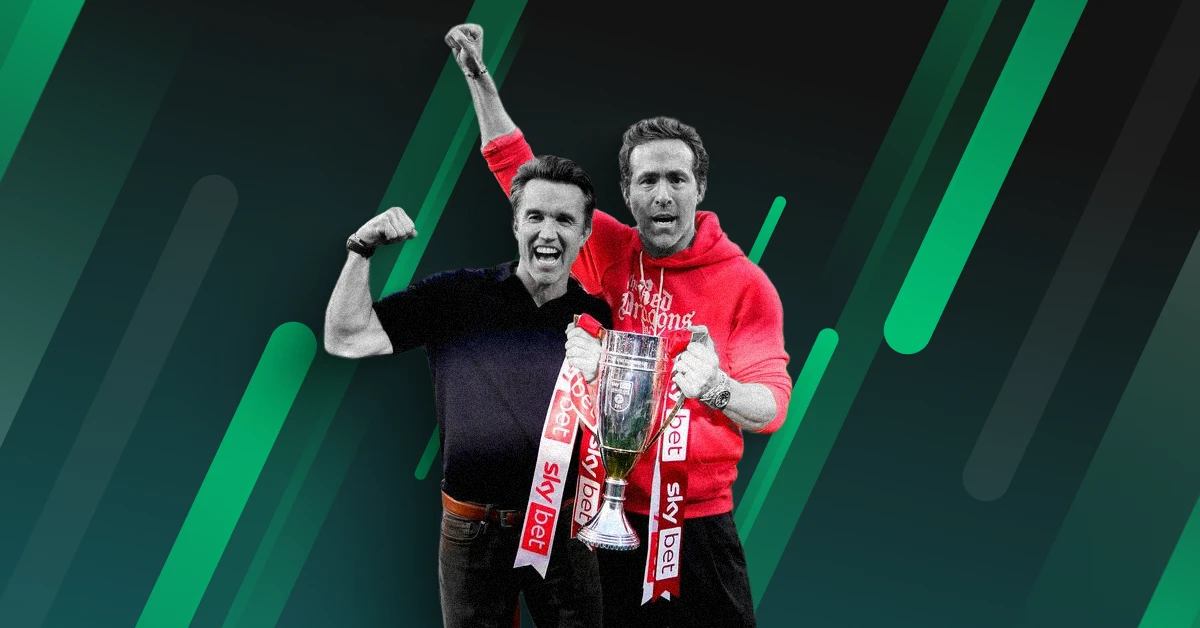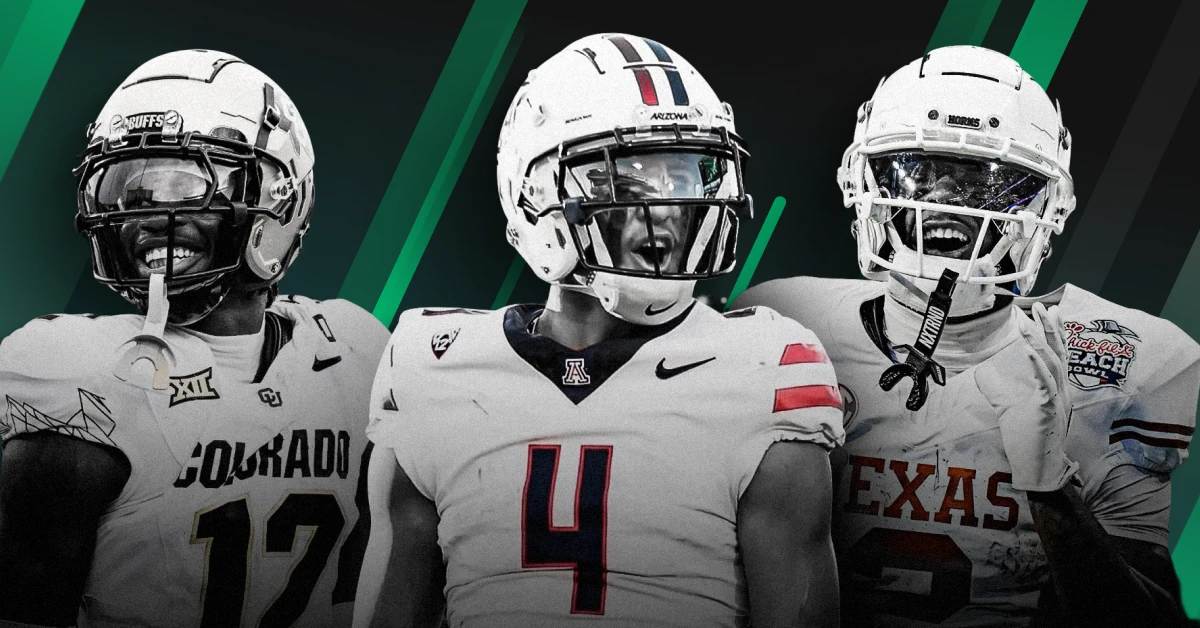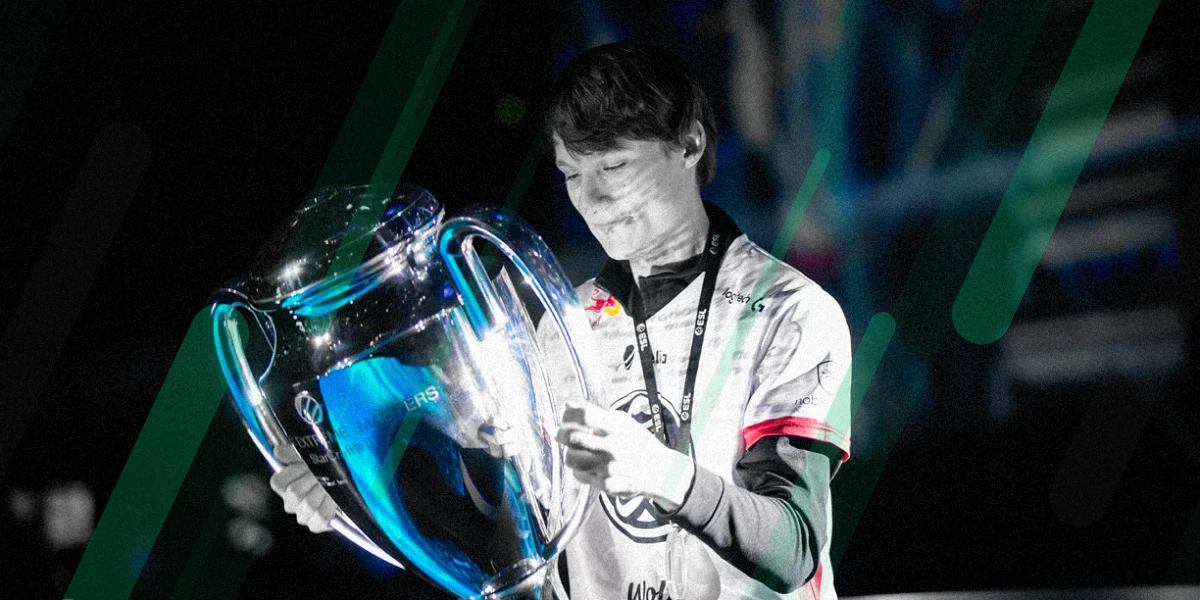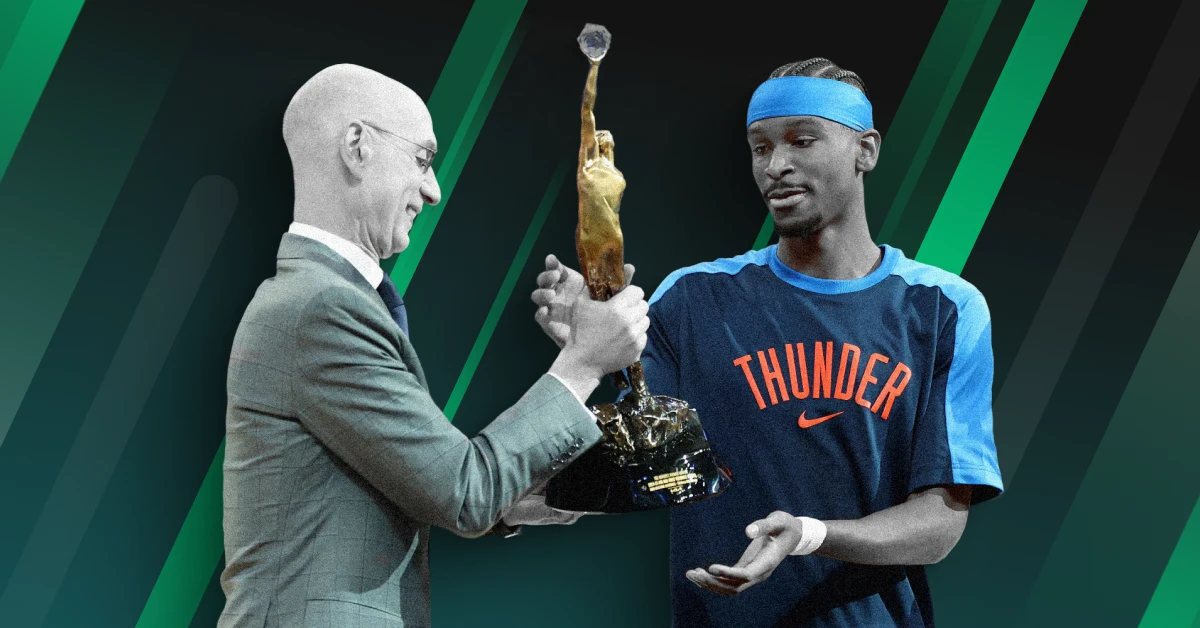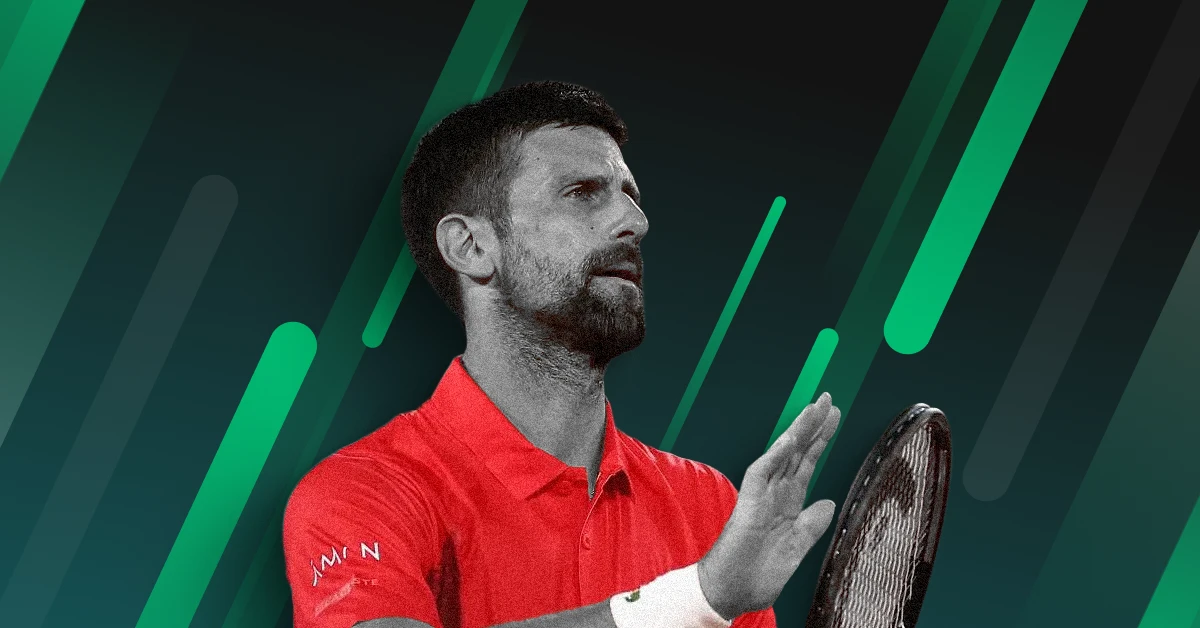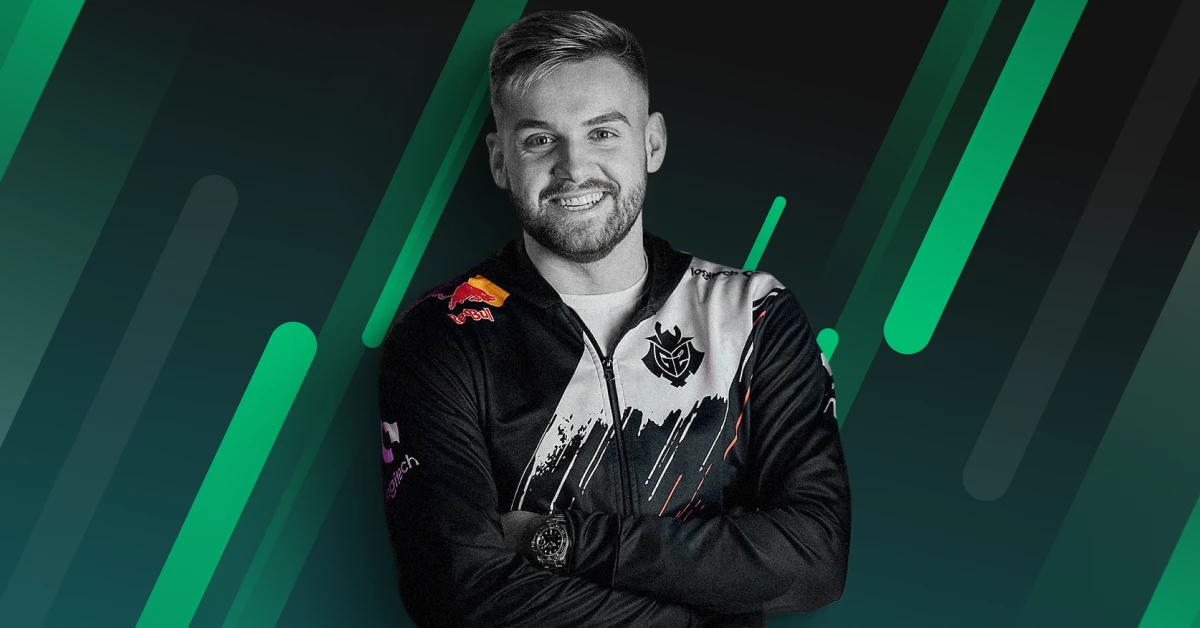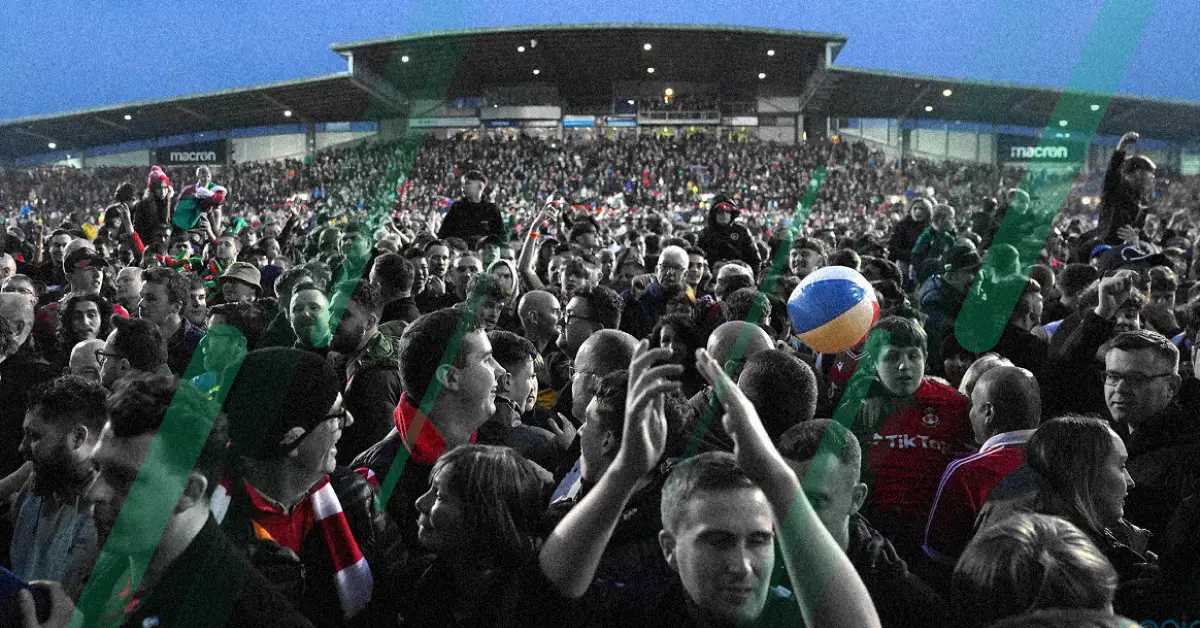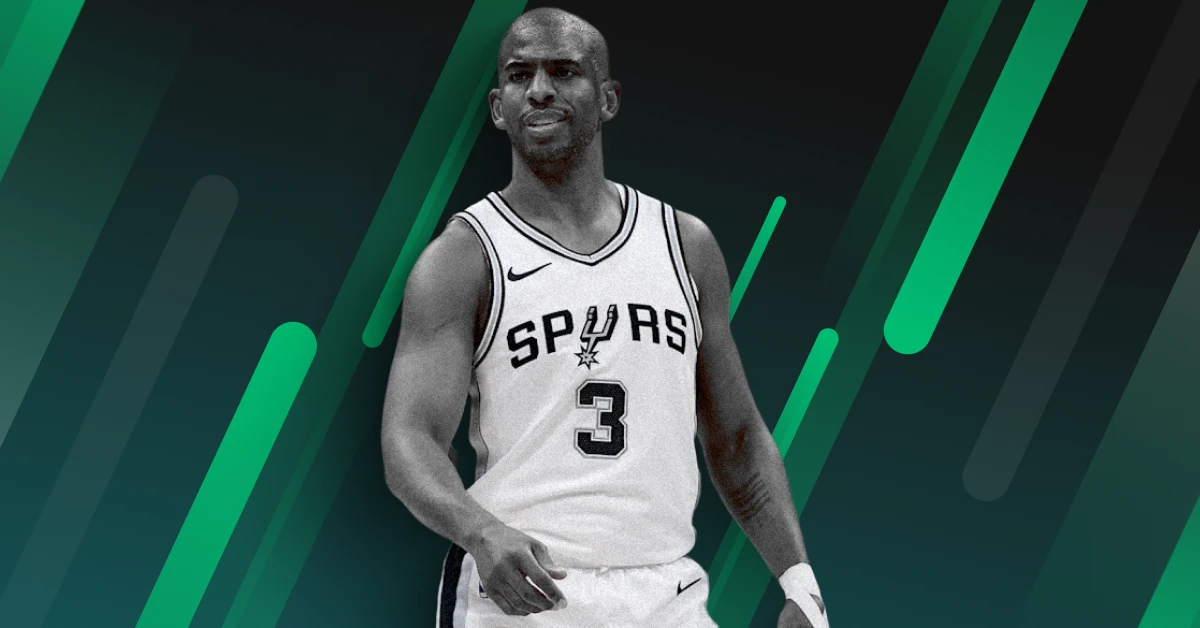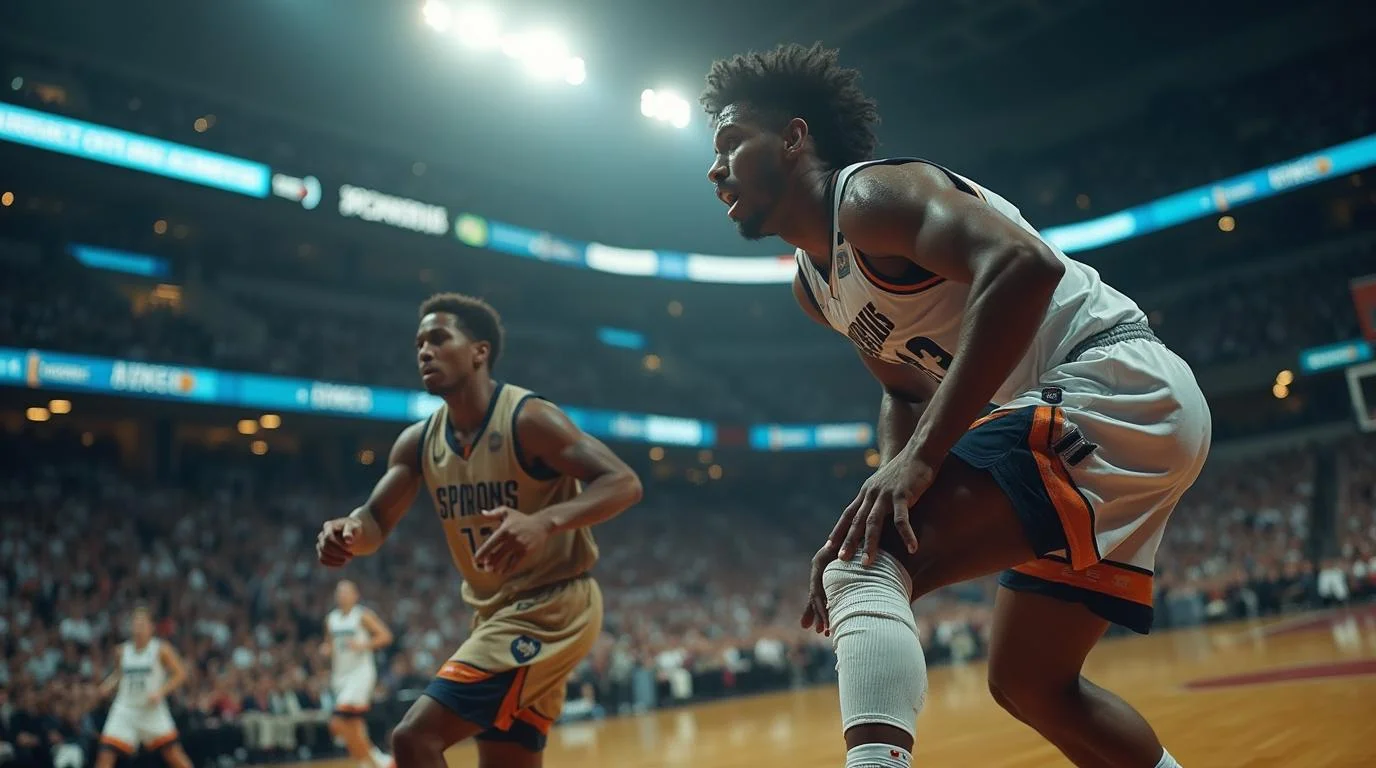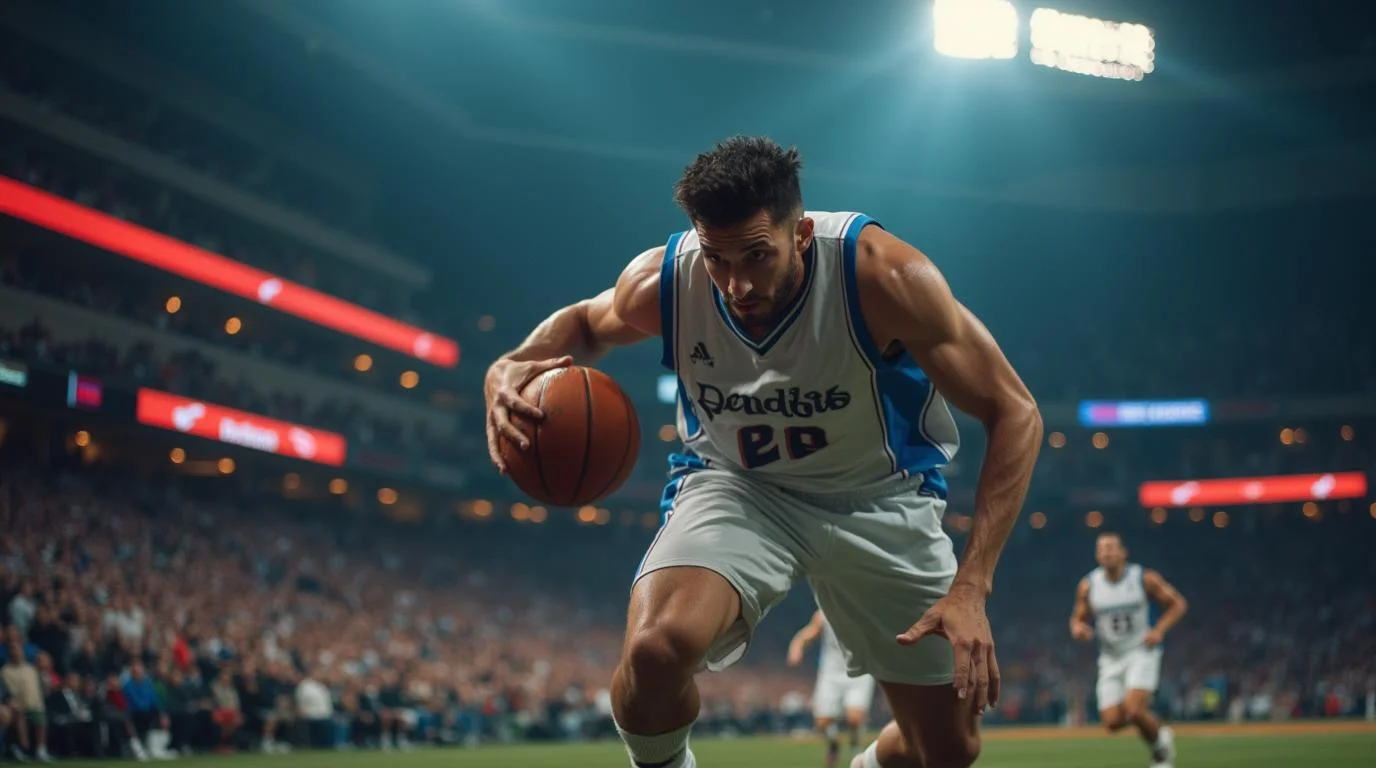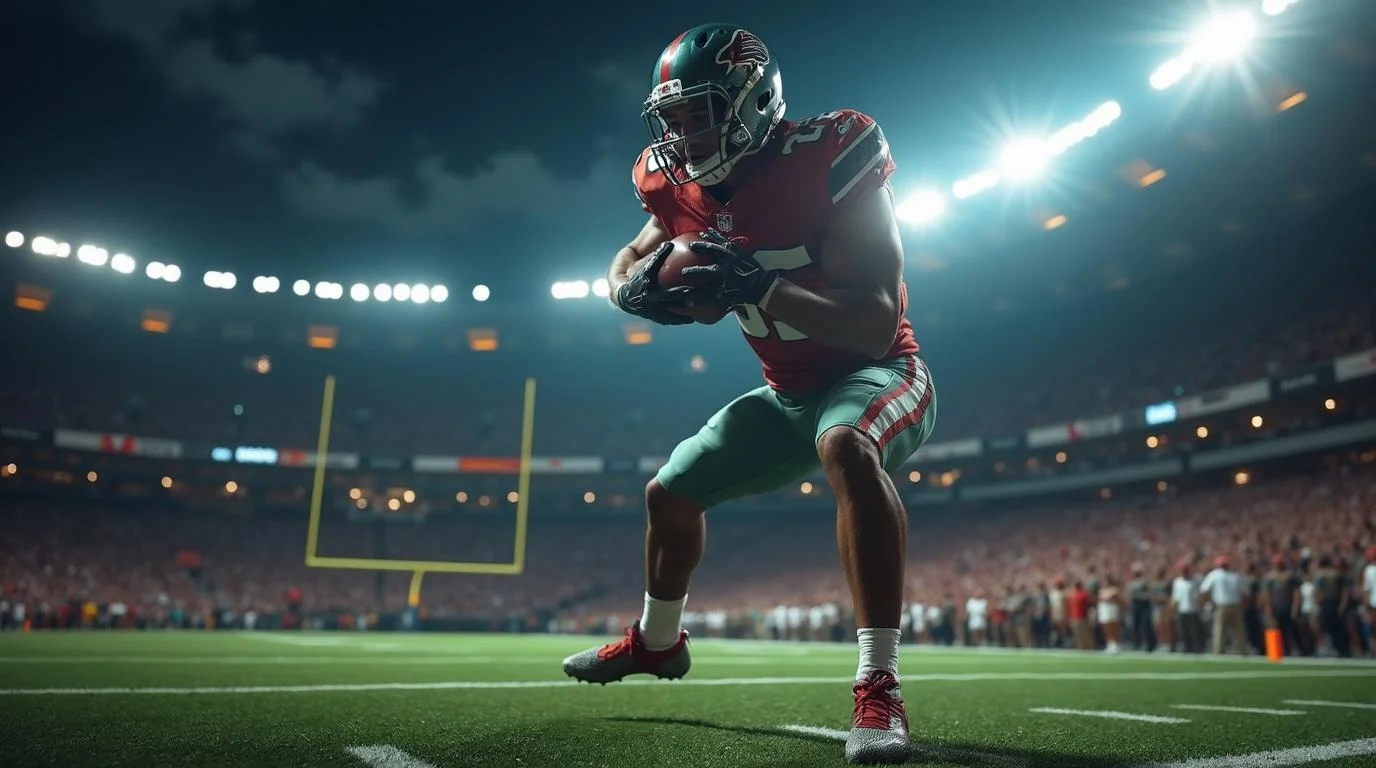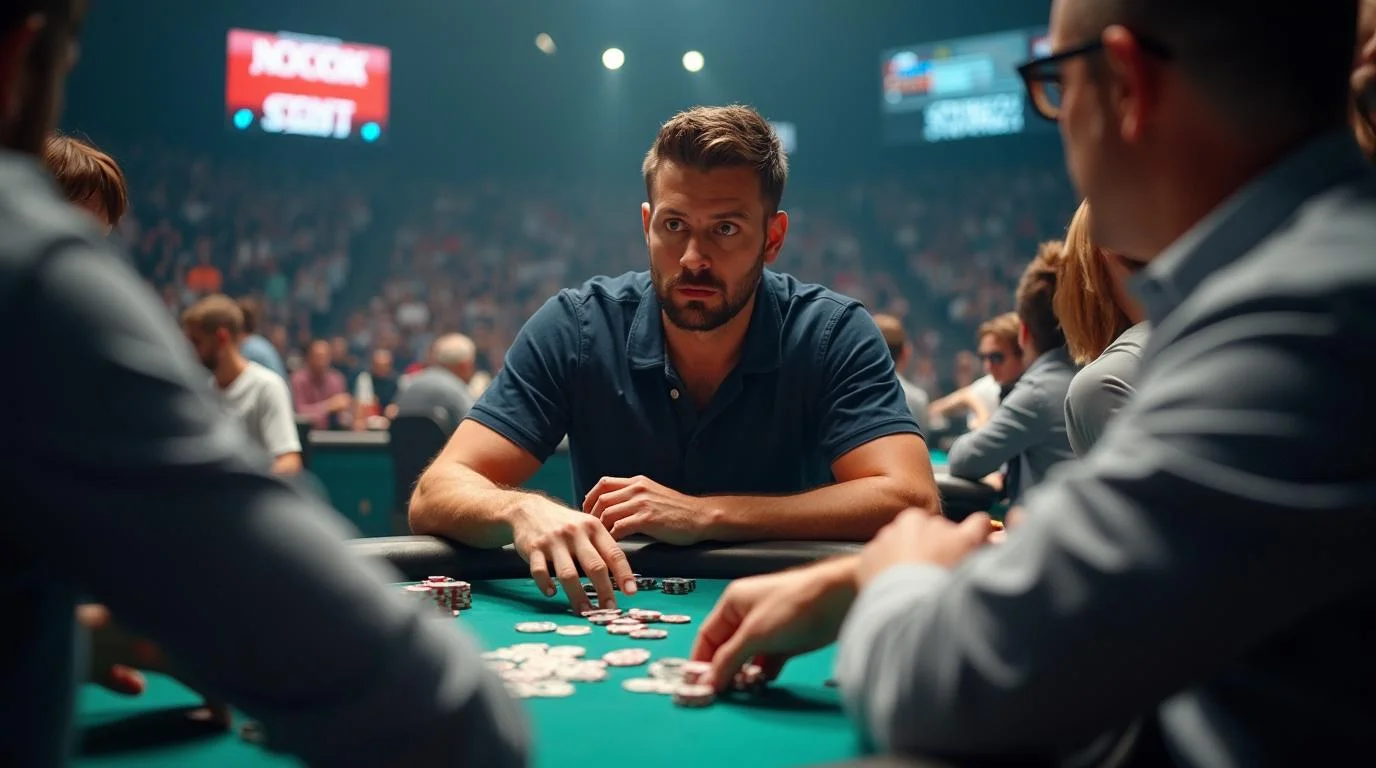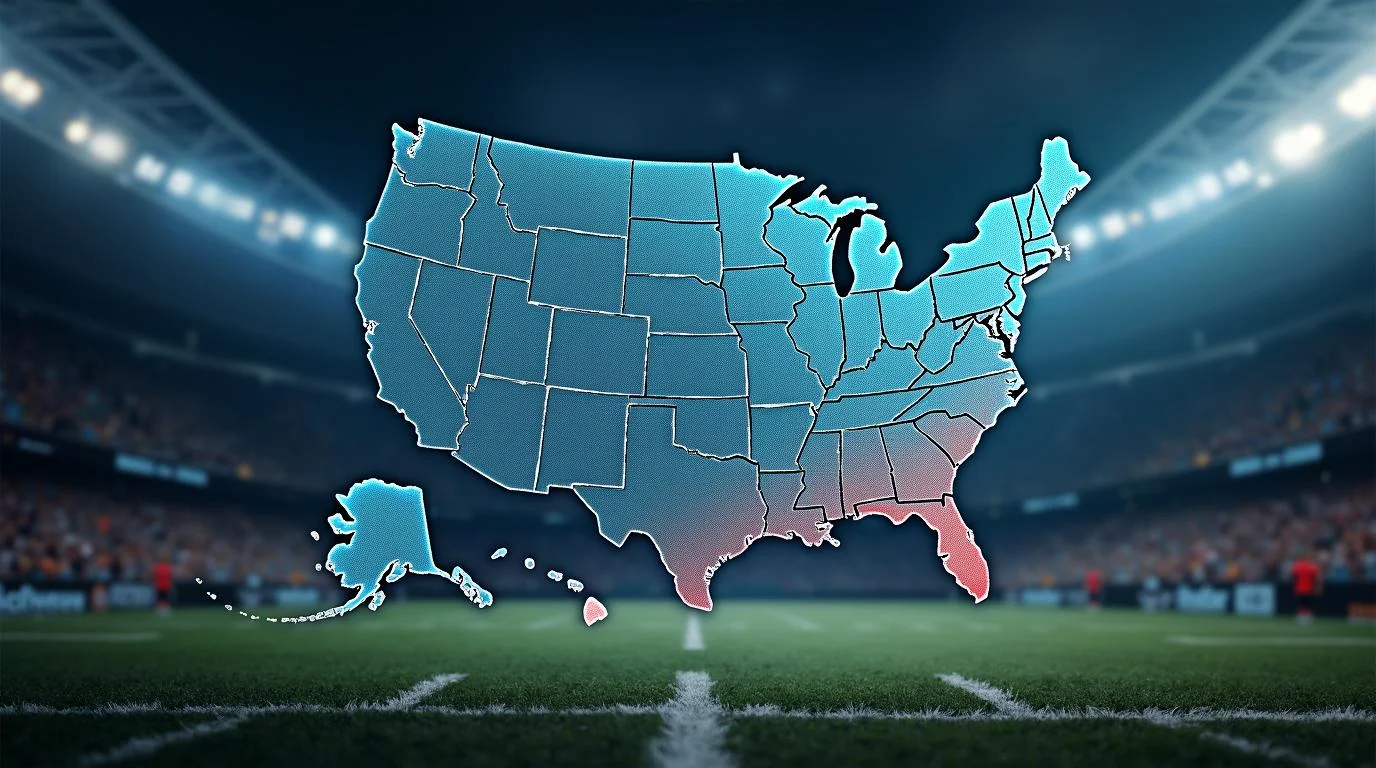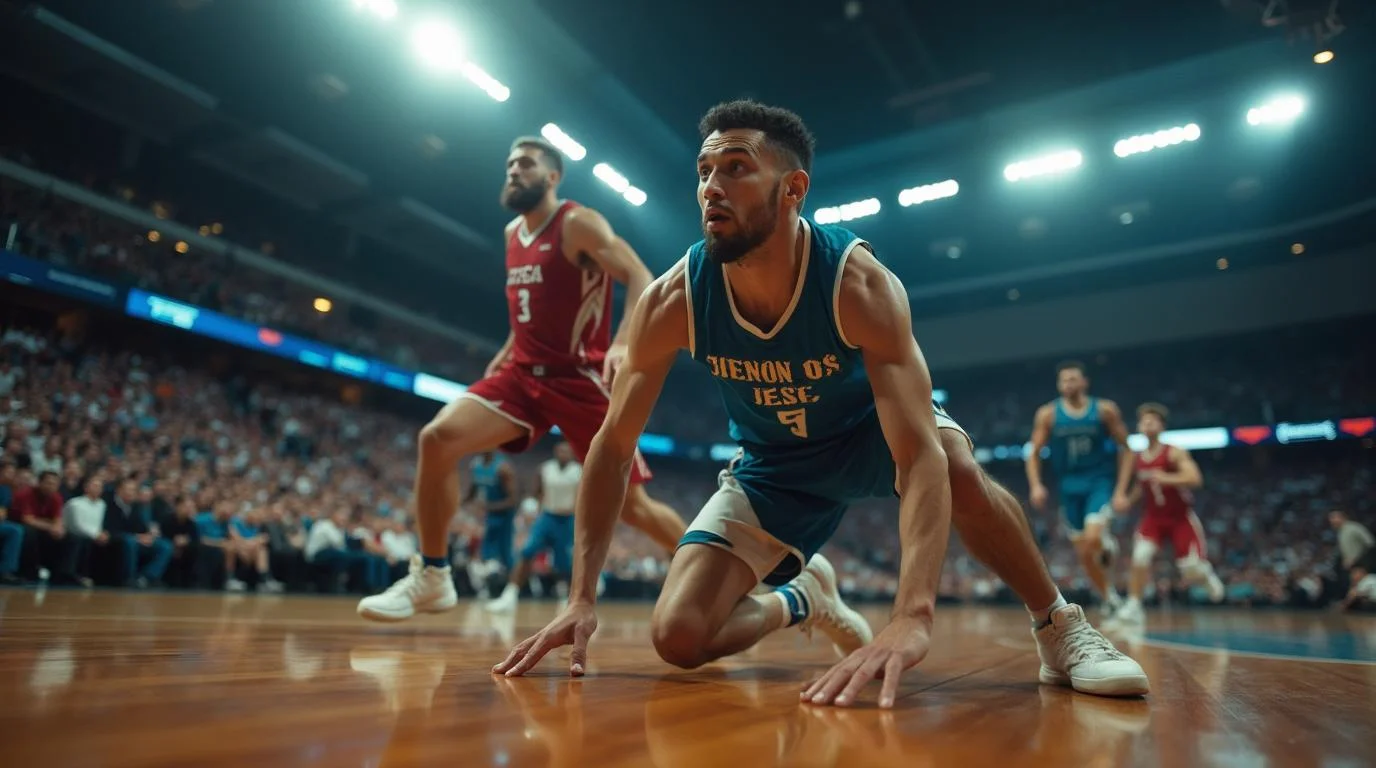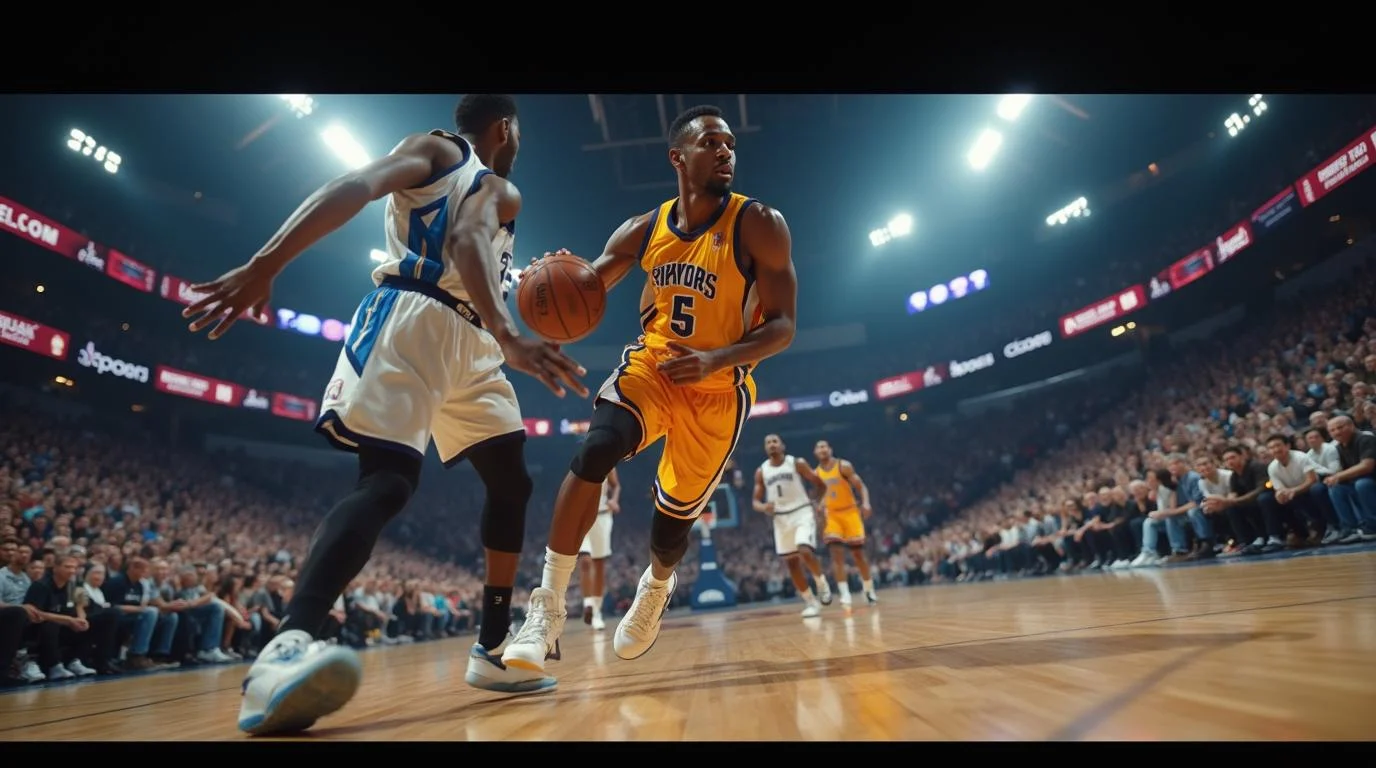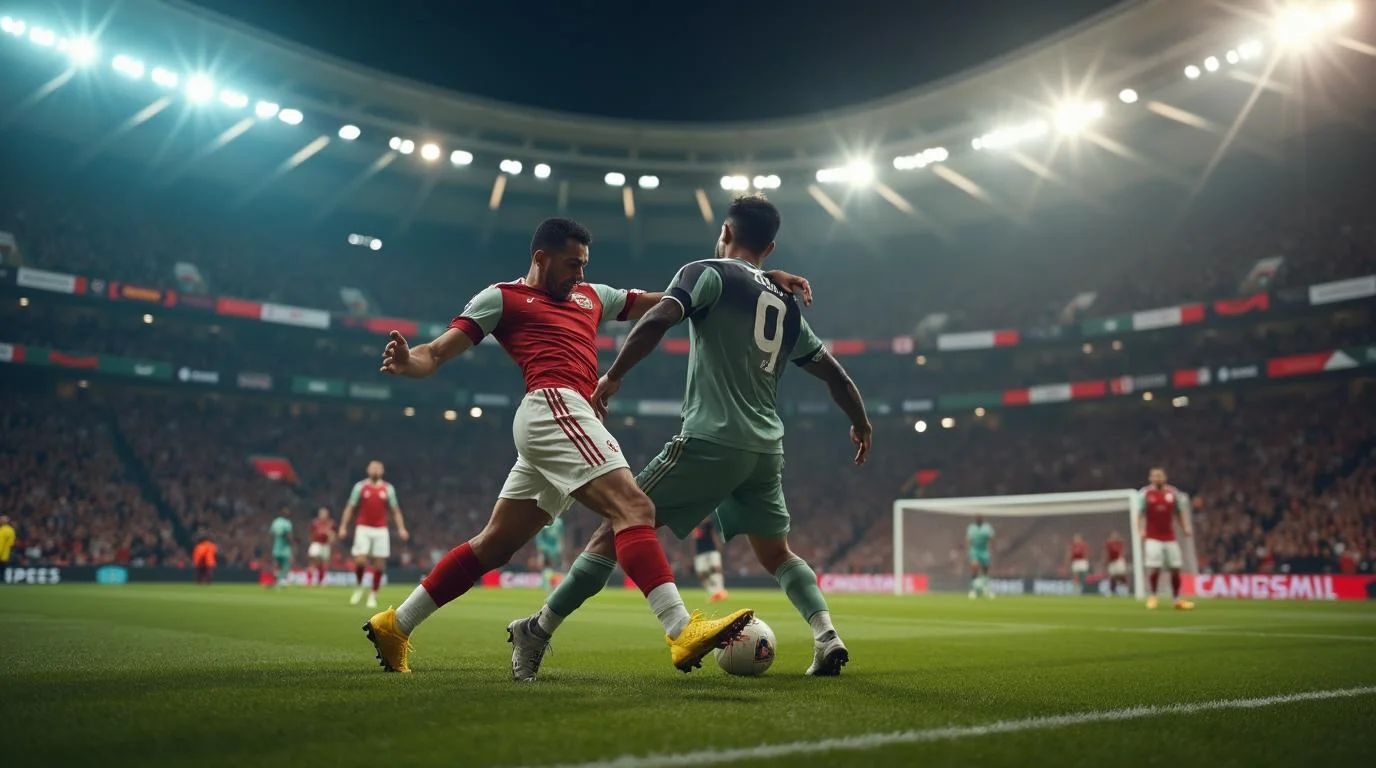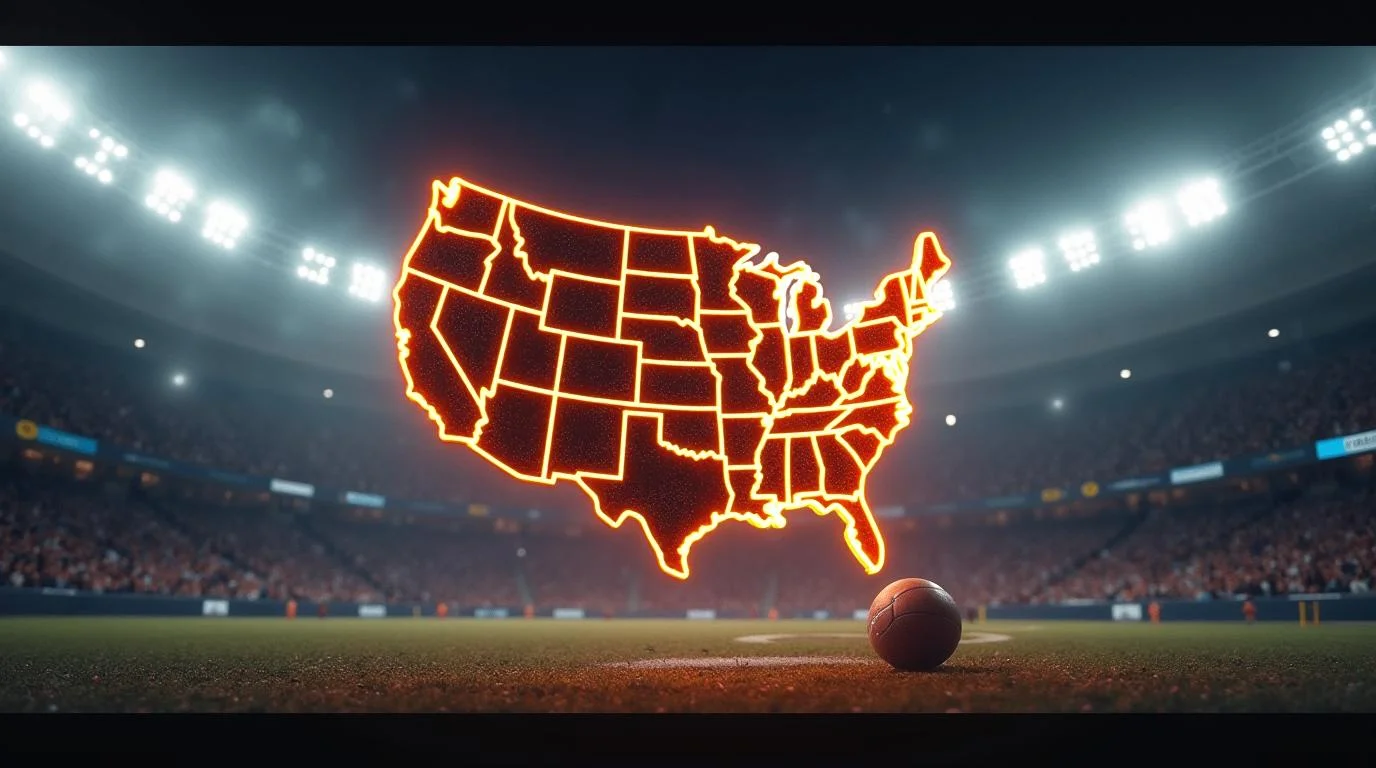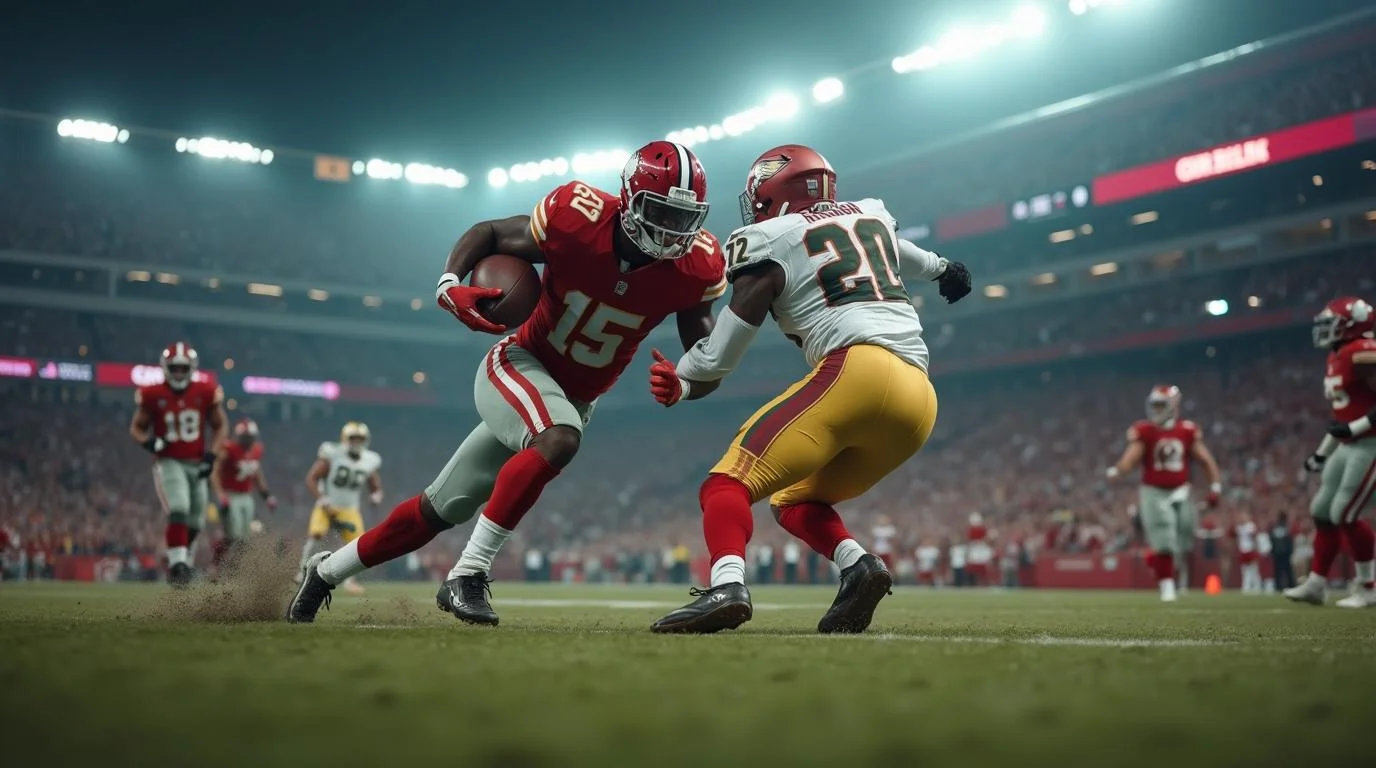How Do Trades Impact Team Performance?
Trades in the NBA play a major role in shaping team performance, both in the short and long term. While midseason deals tend to get the most attention, trades at any point can dramatically shift the direction of a franchise. These moves often aim to fill specific gaps — whether it’s adding a defensive anchor, a floor-spacing shooter, or a backup point guard.
For playoff-bound teams, a well-timed trade can provide the final boost needed to solidify seeding or make a deep postseason run. For rebuilding teams, trades are a chance to shed contracts, acquire draft picks, and develop young talent. One of the biggest ways trades affect performance is through fit and chemistry. Even if a player is talented, they won’t necessarily improve a team unless their skills complement the existing core.

When the fit is right, the results can be immediate — players thrive in new roles, rotations tighten up, and the team finds new momentum. But when the chemistry doesn’t click, it can lead to growing pains, confusion in the system, and even locker room tension. Teams have to weigh talent against the potential disruption, especially if they’re already performing well.
On the statistical side, trades can create noticeable shifts in offensive and defensive efficiency. A strong perimeter defender can reduce opponent scoring, while an experienced playmaker might boost assist rates and offensive flow. However, it’s also common to see a short adjustment period after a trade, where a team’s numbers temporarily dip as new players get acclimated.
The Five Biggest Trades in the 2024-25 Season
Ultimately, trades are high-risk, high-reward strategies that can either elevate a team’s ceiling or, if poorly executed, set them back. Front offices that understand timing, team identity, and long-term vision tend to make the most impactful moves. So far, most of the trades have been a risk for teams – whether it would fit one in the season or not, and it is safe to say that we have seen plenty of those in the campaign.
Here are the five biggest trades that have impacted teams well so far:
Josh Giddey to Chicago Bulls
After a brief decline in his third season with the Thunder, Josh Giddey was packed in a straight swap by OKC to the Chicago Bulls in exchange for Alex Caruso. We all know how the latter has been a suitable fit for OKC, but Giddey’s adjustment for Chicago was questioned to begin with. So far, it has been a promising season for Josh Giddey with the Bulls, who is now averaging 14.6 points, 8.1 rebounds, 7.2 assists, and 1.2 steals on a promising 46.5% shooting and 37.8% from three – a career-best mark.
At this point, one can say that the Giddey trade by OKC is a win-win situation. The Thunder got a promising piece to their squad, while the Bulls found a generational talent to build around with Coby White. Just after the All-Star Break, Giddey went on a tear – averaging 21.2 points, 10.7 rebounds, and 9.3 assists on 50% shooting from three and 45.7% from three – all the best marks he’s had in his four-year career so far.
Luka Doncic to Los Angeles Lakers
Let’s face it, nothing ever prepared the whole sports world for Luka Doncic to be sent to the Los Angeles Lakers in a blockbuster trade that featured Anthony Davis and other assets. So far, it has been really productive so far, and let’s not forget the fact that Luka dropped the second-most points against a former team at 45 points in his first return to Dallas. However, the Lakers have gone 17-10 after acquiring him, and they have even clinched the third seed at best.

With the Lakers, Luka averaged 27.8 points, 8.1 assists, and 7.6 rebounds per game – as if he never left Dallas. So far, the Lakers have become a more aggressive team with Luka leading the way, and LeBron James found some impressive relief in having one of the best scorers in the game that will take over some of his minutes while takes a rest – giving the double threat whenever they are on the court together.
Zach LaVine to Sacramento Kings
The Sacramento Kings moving on from De’Aaron Fox was in no one’s list. He was seen as the face of the team for years to come, so for the team to land Zach LaVine and ship him off to San Antonio was quite a shock. However, it did seem that the payoff was better at this point, with LaVine being a fiery scorer in his own right and an elevated athleticism to offer. Since moving to the Kings, LaVine has averaged 22.5 points, 3.8 assists, and 3.6 rebounds, showing his scoring prowess with the team.

LaVine is also the fastest player in Sacramento history to reach at least 200 points and at least 25 made 3-pointers. First on that list? DeMar DeRozan – who has been LaVine’s former teammate in Chicago, making the chemistry transition easy for the Kings so far at this point. It cannot be denied that LaVine may not be at his peak, but he is scoring big numbers that could actually elevate the team’s competitive pace.
Jimmy Butler to Golden State Warriors
There was a lot of drama surrounding Jimmy Butler before the Miami Heat opted to send him to the Golden State Warriors. So far, Butler has been efficient with the way he has evolved in the game, adjusting to Stephen Curry and giving them a two-way edge as well – and even going 22-6 in their run considering that they still struggled to earn a playoff spot towards the end of the season.

In his first half-season run with Golden State, Butler averaged 17.2 points, 5.9 rebounds, and 5.8 assists – showing off his promising impact on the team despite being not able to score bigger numbers than he used to in Miami. Still, Butler made quite a big leap with Golden State and has been a perfect fit with Stephen Curry, and one can say that the Warriors are a piece away from actually being a huge contender in the West once more.
De’Andre Hunter to Cleveland Cavaliers
Let’s face it, De’Andre Hunter’s move to the Cleveland Cavaliers is totally underrated. He averaged 16.9 points off the bench – which is the league-best record so far in that regard, showing how efficient and reliable he is. He has a total of 48 games with 10+ points off the bench – the third most in the NBA, and 18 games with 20+ points off the bench – second most in the league.

In 26 games that Hunter has played, the Cavaliers have gone 20-6, which says a lot about how impressive it has been to see him thrive on the big stage and why Hunter is really a big win for Cleveland – especially the way he bolstered their offensive punch. Perhaps not all trades that involve non-stars are for the roster spot, but also for a bigger role.
The Trade and Its Value
Let’s be honest — NBA trades are some of the most thrilling moments of any season. They shake things up, turn the league upside down, and send fanbases into a frenzy. But beyond the headlines and jersey swaps, trades are high-risk, high-reward bets. Some deals can supercharge a team’s title hopes, while others can derail years of progress.
This season, the 2024–25 campaign has delivered some of the boldest, most impactful trades we’ve seen in recent memory. From superstars finding new homes to under-the-radar moves that quietly transformed contenders, it’s clear: the right trade at the right time can completely reshape a team’s future.
These trades aren’t just fun to watch — they’re blueprints for front-office success. Whether it’s betting big on a superstar, unlocking a young player’s potential, or finding a key bench contributor, great trades are all about timing, fit, and vision.
When a team understands its identity and isn’t afraid to make a bold move, the results can be season-changing — and sometimes even franchise-defining. So the next time a trade drops, look past the names. Look at the roles, the system, and the ceiling. That’s where the magic happens.












_800x800.webp)





